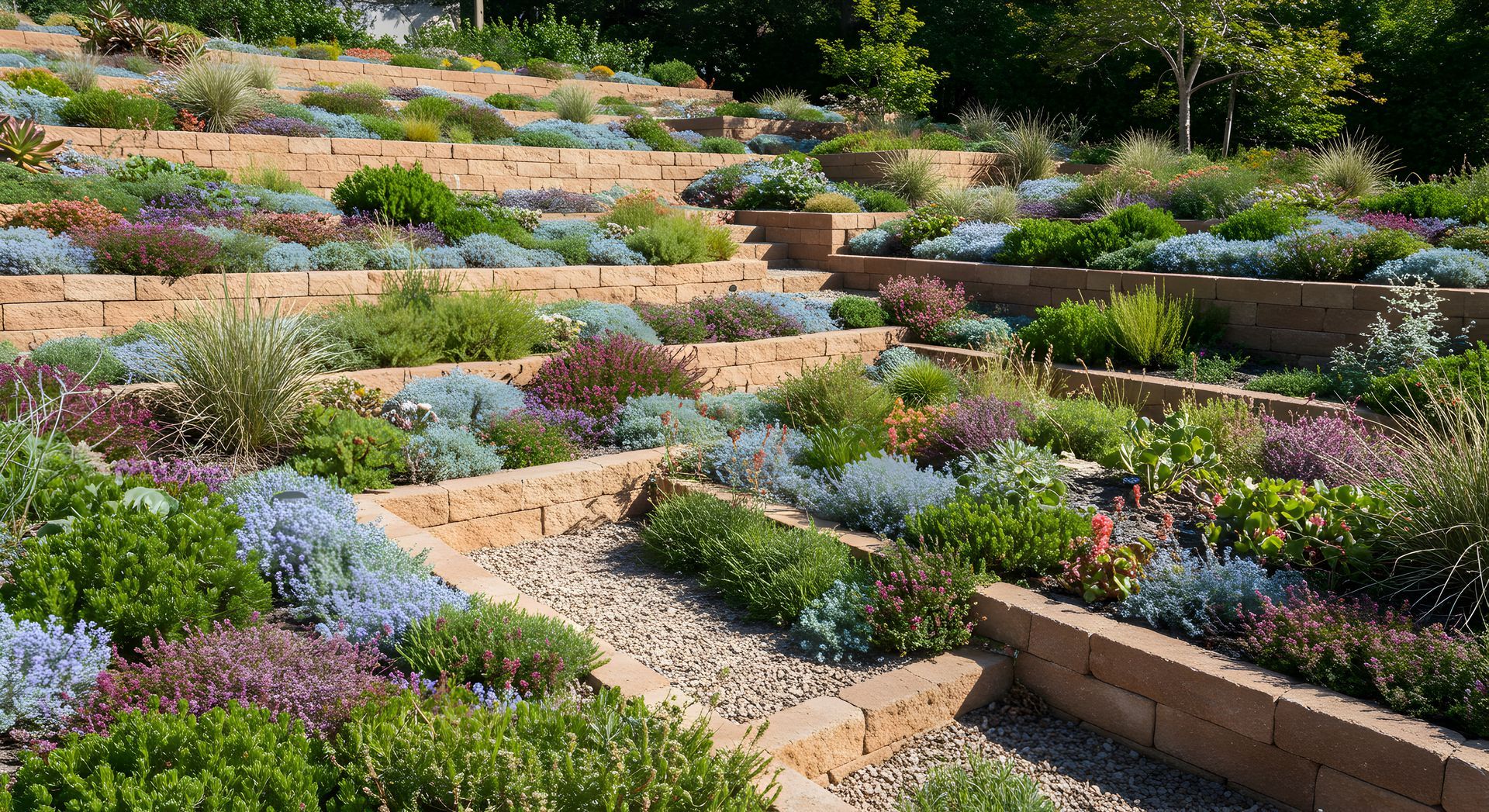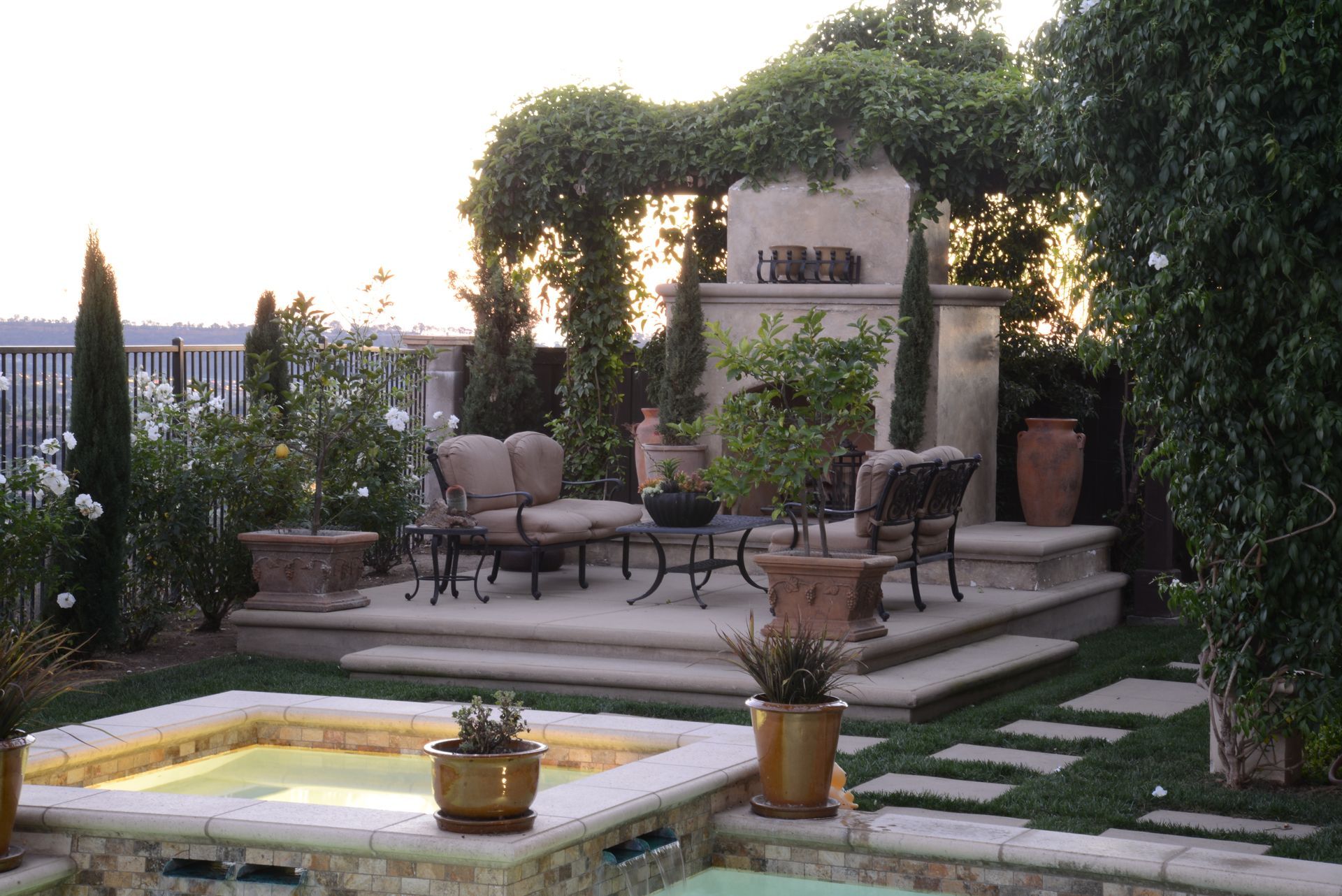The Benefits of Design-Build Projects in Landscaping
Landscaping projects, whether for residential or commercial properties, have the potential to significantly enhance the aesthetics and functionality of an outdoor space. However, the process from concept to completion can be complex and often fragmented when multiple contractors and designers are involved. This is where the design-build approach comes into play, offering a streamlined, efficient, and cohesive method for transforming landscaping ideas into reality. Here’s a closer look at the design-build process in landscaping and its myriad benefits.
What is Design-Build?
Design-build is a project delivery method in which one entity, the design-build team, works under a single contract with the project owner to provide both design and construction services. This unified workflow from initial design through completion enhances communication, lowers costs, and provides a seamless transition from phase to phase.
Streamlined Project Management
One of the most significant advantages of the design-build approach is streamlined project management. Traditional project delivery methods often require the client to manage multiple contracts, which can lead to conflicts and miscommunication between the designer and the contractor. In contrast, the design-build method fosters a collaborative and transparent partnership, with all services managed under a single contract. This integration reduces the administrative burden on the client and allows for a more organized and controlled project timeline.
Enhanced Communication
The collaborative nature of the design-build process ensures open communication among all team members throughout the project’s phases. With designers and builders working together from the outset, potential problems can be identified and addressed early in the process, reducing the risk of costly and time-consuming changes later on. This close collaboration results in a final product that more accurately reflects the client’s vision and expectations.
Cost Savings
Design-build projects can also lead to significant cost savings. By integrating and overlapping the design and construction phases, these projects minimize redundancies and expedite the timeline, reducing labor and management costs. Additionally, the design-build team can provide more accurate estimates from the beginning, as the designers and contractors work closely to align the project’s scope with the budget from the outset.
Cohesive and High-Quality Results
With the design-build model, the entire team is aligned with a unified vision for the project, which enhances the cohesiveness of the design and the quality of construction. Designers and builders collaborate to solve problems creatively and efficiently, leading to innovative solutions that meet or exceed the client’s expectations. This integration not only enhances the landscape's aesthetic appeal but also ensures that it is functional and sustainable.
Faster Project Completion
The design-build approach's concurrent design and construction phases can lead to faster project completion. Decisions are made quickly, and design revisions are implemented without significant delays during the construction phase. This can be particularly advantageous for clients looking to capitalize on specific seasons or market conditions.
Conclusion
The design-build approach in landscaping offers a comprehensive solution that can handle complex projects with efficiency, creativity, and cost-effectiveness. By choosing a design-build firm, clients can enjoy a seamless process that saves time and money and results in a more harmonious and high-quality outdoor space. For anyone considering a landscaping project, the design-build method is worth exploring to ensure a successful transformation of their outdoor environment from concept to completion.


